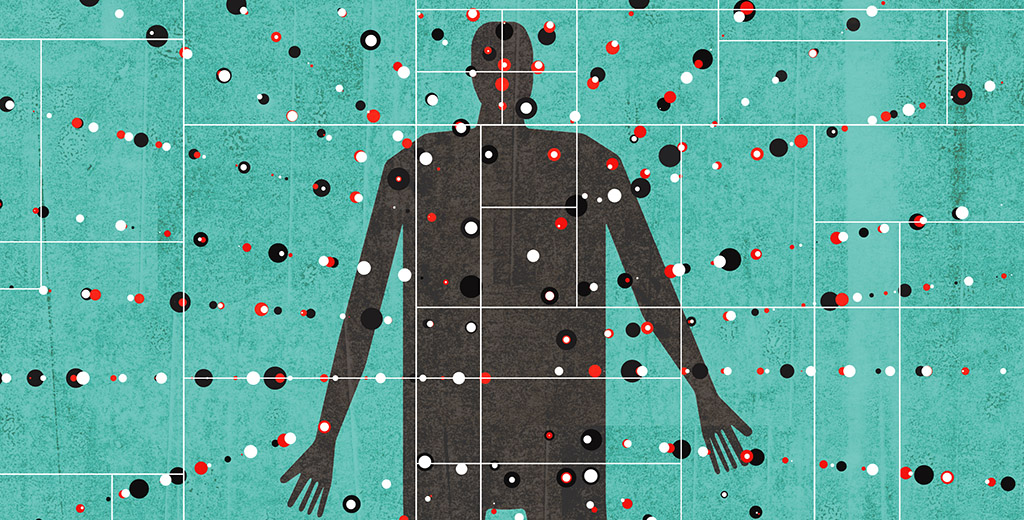Reporting on electronic health records for the latest issue of Stanford Medicine magazine, I encountered a quiet breed of pioneering physicians. These tech-savvy women and men stepped up in the early years to ease health providers’ massive transition from paper to digital filing systems.
The iPhone had yet to be introduced when some of them started dabbling in clinical informatics. For others, their beginnings in the field occurred before it was a recognized subspecialty. (Many now have board certification.) These clinicians learned the computerized systems as they went, tapping both their medical expertise and their technological aptitude as they bridged the two worlds.
“I like problem-solving,” Cliff Schmiesing, MD, told me. “I like trying to make systems work better, and designing systems that are easy and intuitive to use.”
Schmiesing, an associate professor of anesthesiology, perioperative and pain medicine, is also a member of Stanford Health Care’s Medical Informatics Directors Working Group. For more than a decade, about a dozen clinicians have met regularly, led by chief medical information officer Christopher Sharp, MD, to work on making electronic health records function better for patients and providers. Teams at Stanford Children’s Health have a similar mission. As I write in the article:
They work with Stanford IT staff, as well as vendor representatives dedicated to supporting Stanford, to design and implement solutions for requested improvements, such as displaying upcoming operating room staffing assignments on mobile phones or integrating drug infusion pumps with the electronic health record system so dosages in patient files are automatically updated.
These informaticists think a lot about workflow. They listen when doctors describe their frustrations, and they determine whether problems are solvable with current technology or more traditional means. Some dilemmas are set aside for the future. As Schmiesing told me:
The technology does move along. For a long time, people wondered, ‘Why can’t we have more voice recognition?’ And for a long time the answer was, ‘Well, we’re thinking about it.’ And then the answer became, ‘It’s coming.’ And now the answer is, ‘It’s here.’
In my article, Schmiesing was the medical informaticist who said the current moment in electronic health records is “the second inning in a nine-inning game.” The article continues:
Doctors are working through early frustrations, communicating with each other more seamlessly about individual patients, and identifying potential new uses for their digital collections of medical numbers and notes. Health leaders are exploring remedies for procedural inefficiencies. Researchers are building records-based tools to aid clinical care at the bedside. And patients are collaborating electronically with providers about their health in real time.
One EHR tool developed at Stanford helps clinicians decide when preterm babies should receive phototherapy for jaundice. Another that is currently in use allows providers to remotely monitor patients’ chronic conditions — and communicate with them about their health when a need arises.
“There’s an acknowledgement that electronic health records are playing a larger role in the medical care practice,” Jonathan Palma, MD, program director for Stanford’s clinical informatics fellowship, told me. “It’s really the clinical informaticists who, rather than seeing that as a frustration, see the potential opportunity, and are trying to make progress around the EHR as a tool that helps us do our job better, rather than hinders us.”
Illustration by John Hersey






